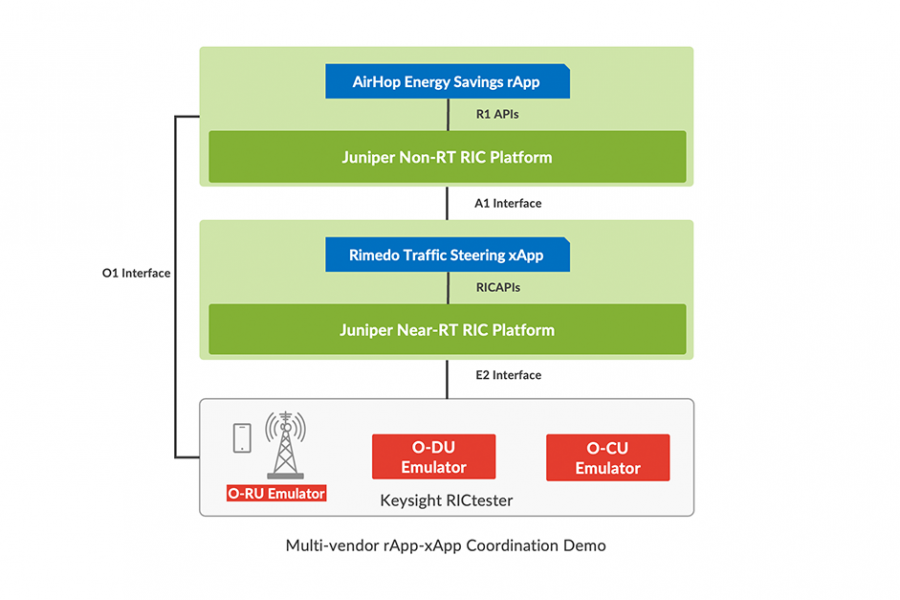When we talk about the support experience in the networking industry, it usually means the traditional “break-fix” model that depicts the reactive nature of the process. Something isn’t working right, so the IT and operations team notifies the network vendor and waits for the problem to be fixed. Today, the support experience that IT and network professionals receive from most vendors is reactive. For many, the customer experience hasn’t changed much since the 1990s.
At Juniper Networks, we believe that the support experience, like most industries, should evolve depending on the demands of the ever-evolving networking landscape. In this blog, we will review the various challenges IT and operations teams face and explore how automation and AI can help overcome these challenges. This is the first blog in a three-part series on Juniper’s vision to transform the customer experience through experience-first networking.
Setting the Standard
Take Amazon, for example. Its journey from online bookseller to online mega-store, business cloud service and leader in consumer AI has created a dramatic shift in consumer buying behavior and customer experience. Amazon has created a personalized and proactive customer experience with an extremely fast and easy way to make frequent, repetitive purchases by collecting customers’ purchasing data and using its AI platform to analyze and predict customer needs. Similarly, we now see more and more industries adopting automated, proactive and predictive customer experiences.
However, it’s important to note that in the networking world, these concepts and services are still in their infancy. Understanding the complexities of each network and monitoring devices for their overall wellbeing or potential problems are tasks that continue to burden network IT and operations teams. In fact, a recent research report from Sirkin Research and LiveAction revealed that 43 percent of network professionals spend too much time troubleshooting network issues and about 38 percent of them are spending time putting out fires.
Three Customer Support Challenges IT and Operations Teams Face
Among the many issues facing network professionals at any given time, there are three common challenges that have contributed to major issues, including network downtime. They are:
Countless hours spent resolving issues: IT and operations teams spend a lot of time troubleshooting issues, reporting them to the vendor support team and gathering data during the resolution process. Additionally, they must research vendor websites for known, relevant issues to prevent future issues. Simply determining which vendor reported issues or vulnerabilities that may impact the network can be a daunting and error-prone task.
Regular network upkeep: IT and operations teams constantly face the challenge of optimizing the network and keeping the network OS software upgraded to avoid falling into an end of service scenario. Determining the best software upgrade target can often take weeks and require extensive testing.
Keeping track of network inventory: Today, networks are becoming increasingly complex and in large environments, there can be thousands of active devices at once. Regardless of network size, keeping track of network inventory can be challenging. Further, IT and operations teams need to track when equipment is decommissioned and the service level purchased for each device.
To combat these issues, IT and operations teams need a network vendor that understands these challenges and uses its expertise to reduce mundane, time-consuming, support-related tasks. With real-time telemetry data and insights, the vendor can predict and prevent any major issues in their networks and help customers focus more on strategic business goals. According to a recent study by IDC, now, more than ever, network professionals are turning to vendors who have the solutions to enhance the customer support experience and make them both proactive and predictive.
Thus, a modern customer support experience in networking should be based on the following key principles:
-
- Personalization: To provide customers with relevant, proactive insights about their networks to make them proactive, predictive and pre-emptive.
- Cloud-connected: To deliver a zero-touch, seamless experience and build stronger digital relationships between the vendor and its customers.
- Intelligence: To fuel data and insights through automated processes for streamlining operations and support.
- Anytime, anywhere: Data should be accessible anytime, anywhere and at the customers’ fingertips.
With these key principles in mind, the customer experience can be reimagined to one that meets customers where they are today and evolves with them over time. In Part Two of this blog series, we will explore how support automation can take this next evolution of the customer experience even further.

























